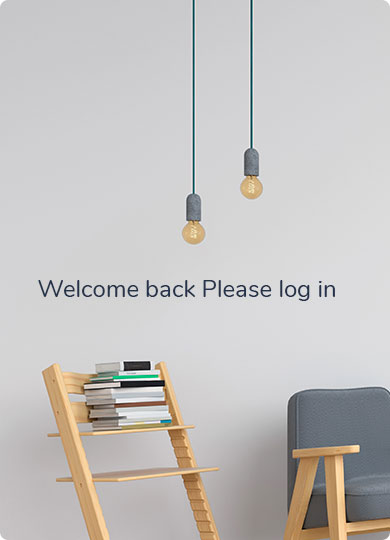The Pros and Cons of Building a House on a Corner Plot

When it comes to building a house, the corner plot is often an overlooked option. The benefits of having your home at one end or the other are many and varied – not least because it means you have extra space in front of you for parking, gardens, play areas and so on. But there are some cons too; particularly if you’re looking to sell your property in years to come. Here’s our guide to the pros and cons of building a house on a corner plot:
- No need for a side or rear garden
This can be quite liberating when you think about how much time we spend mowing lawns, cutting hedges and generally tending to our gardens. If you don’t have any space directly outside your house, then you won’t have to worry about maintaining a patch of grass or keeping shrubs trimmed and neat. You might also be able to use this extra space as a driveway instead of putting up another fence around your property.
- Extra privacy
If you’ve ever lived near a busy road, or even worse, next door to someone who has noisy children, then you’ll know that having a wall between you and the rest of the world isn’t always a bad thing! While this is often true of houses on corners, it’s worth bearing in mind that the people living opposite will still see into your house from their side windows. It’s unlikely they’ll want to look inside, but it’s something to bear in mind if you feel shy about letting others peer into your home.
- Less space for neighbours
Like it or not, all those extra walls mean less room for neighbours. Even on a relatively narrow corner plot, you could find yourself with just half the space that you need. This might be fine if you plan to live in your new property forever, but it might prove problematic if you want to add extensions in the future. As a general rule, you should aim for at least three metres’ clearance on either side of your house.
- More traffic
Depending on where you live, you may well encounter more traffic when you leave your house. For instance, if you’re in a town or city centre, you may find yourself sharing your street with buses and taxis rather than cars and lorries. Similarly, if you choose to build on a main road, you’ll probably be more likely to hear vehicles coming and going in the early hours of the morning.
- Expensive
While homes built on corners tend to fetch higher prices, it’s important to remember that this isn’t universal. Some developers charge a premium simply because they’ve been given the opportunity to create a truly unique property. And, of course, you will also have to pay more for the land itself.
- Less space for visitors
Many people choose to live on corners because they like the idea of being able to park their car within a few steps of the front door. However, if you decide to build a house on a corner plot, you may find yourself struggling to fit visitors’ cars in alongside yours. In some cases, you might even find that you have to park in the street.
- Harder to access
It’s rare for a corner plot to be completely flat and level. Most of us expect to have to deal with a slight incline, which can make moving heavy items from place to place difficult. So if you’re planning to move furniture around regularly, or just want to avoid the hassle altogether, then consider whether a corner plot is really right for you.
- Easier to get rid of
You may find it easier to sell a house on a corner plot than one that sits in the middle of nowhere. Since there’s nothing blocking your view, people are more likely to appreciate the way in which the house fits into its surroundings. And since you’ll have plenty of space to work with, you can easily add features like balconies or roof terraces.
- Higher maintenance costs
It’s important to consider the associated costs of maintaining a corner plot. Not only will you have to take extra care to keep your garden and driveways tidy, but you’ll also need to ensure that the foundations of your property are sound and strong enough to cope with the weight of a house. This might require some additional investment in the form of a retaining wall, and it’s something that you should budget for accordingly.
- Fewer views
Finally, although you may love the fact that you have so much extra space to enjoy, there are some drawbacks to building on a corner plot. For example, you won’t be able to enjoy a wide-angle view from any part of your house. Instead, you’ll have to look through the window frames of your neighbours’ homes. This can be offputting for some people, so it’s definitely something to consider before you take the plunge.
Final Words
Sometimes, living on a corner can have many benefits, such as allowing you to park your car close to your home, or giving you a better view of the surrounding area. But it’s important to remember that you might have to compromise in other areas, particularly when it comes to finding somewhere to put your bins!





